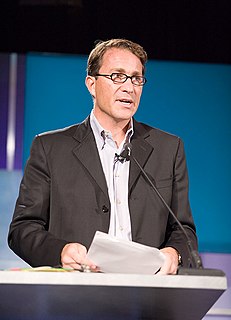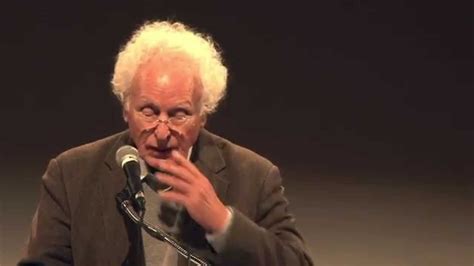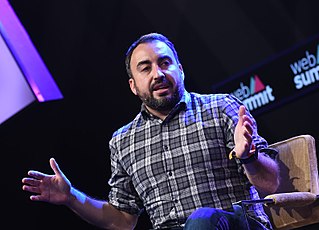A Quote by John Battelle
Advertising and content have always been bound together - in print, on television, and on the web. Sure, you can skip the ad - just flip the page, or press 'ffwd' on your DVR. But great advertising, as I've long argued, adds value to the content ecosystem, and has as much a right to be in the conversation as does the publisher and the consumer.
Related Quotes
The program is only the excuse to get you to watch the advertising. Without the ads there would be no programs. Advertising is the true content of television and if it does not remain so, then advertisers will cease to support the medium, and television will cease to exist as the popular entertainment it presently is.
At Verizon, we've been strategically investing in emerging technology, including Verizon Digital Media Services and OTT, that taps into the market shift to digital content and advertising. AOL's advertising model aligns with this approach, and the advertising platform provides a key tool for us to develop future revenue streams.
I wish more of the web had stayed nonprofit. But the advertising model took over and I think has delivered us to where we are, along with the development of content, which is designed to do nothing else but make you click on it or share it. And I think it's kind of a low goal for content, and I think that's taken us to our current abyss.
There are a lot of great technicians in advertising. And unfortunately they talk the best game. They know all the rules. They can tell you that people in an ad will get you greater readership. They can tell you that a sentence should be this short or that long. They can tell you that body copy should be broken up for easier reading. They can give you fact after fact after fact. They are the scientists of advertising. But there's one little rub. Advertising is fundamentally persuasion and persuasion happens to be not a science, but an art.
































